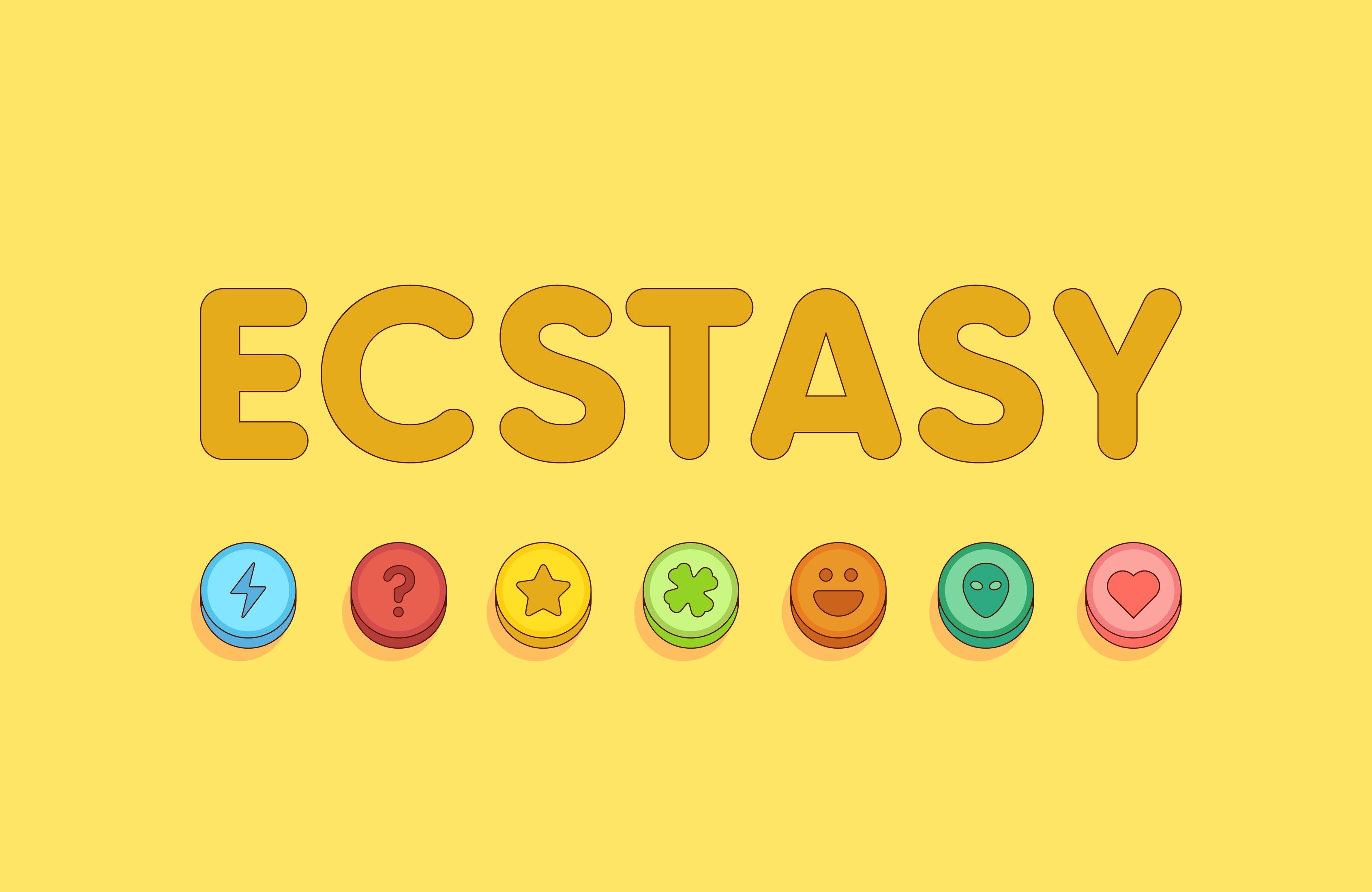Last Updated:
May 28th, 2025
Ecstasy Detox | Dealing with Ecstasy Withdrawal
Ecstasy can cause huge harm, especially when your drug use has risen to the level of ecstasy addiction. Even when you want to make a change, the prospect of ecstasy withdrawal can be very frightening. This fear is often due to a misunderstanding of what ecstasy detox involves or because you have tried to quit on your own before and have failed. However, a professional ecstasy detox centre knows exactly how to detox your body safely and give you the best foundations for a full and lasting recovery.

What is ecstasy detox?
In general terms, ecstasy detox means you stop using the drug so your body can purge itself of all traces of ecstasy and all of its nasty toxins. When we talk about ecstasy detox in terms of addiction treatment, we usually mean a professional or medical ecstasy detox, which is planned, guided and supervised at an ecstasy detox centre. This is a very important initial stage of recovery because it resolves the physical part of dependency.
What you may have already experienced, however, is that when you stop taking ecstasy, you are hit by withdrawal symptoms. In many cases, these ecstasy withdrawal symptoms can become irresistible, causing a frustrating relapse. This is not due to a lack of strength or willpower; it is just proof of the iron grip ecstasy can have when you are dependent on it. Professional detox is aimed at giving you the strength and support you need to resist the symptoms of ecstasy withdrawal so you can put physical dependence behind you and move on to the next steps.
What is ecstasy withdrawal?
Ecstasy withdrawal is the term given to the symptoms you experience when you stop or reduce ecstasy use. When you are addicted to ecstasy, levels of MDMA in your system are always extremely high. Our bodies are fantastically adaptable, so your brain begins to regard these MDMA levels as natural and necessary. If they drop suddenly, there are physical and psychological reactions, which are what are known as ecstasy withdrawal symptoms.
As well as being very uncomfortable, ecstasy withdrawal symptoms can derail even the most committed attempts at sobriety. They last as long as it takes to clear all the ecstasy out of your body and normal brain functioning to return. You may experience slightly different symptoms of ecstasy withdrawal to somebody else, but they will usually be some combination of:
- Intense and overwhelming ecstasy cravings
- Anxiety, restlessness and panic attacks
- Depression due to serotonin and dopamine crashes
- Constant physical and mental fatigue
- Insomnia
- Irrational mood swings and unpredictable emotional outbursts
- Complete loss of appetite
- Abdominal discomfort, cramps and nausea
How long does ecstasy withdrawal last?
Many people have one question when it comes to ecstasy addiction recovery: “How long does it take to detox from ecstasy?” While we would love to be able to give an exact answer, actual ecstasy detox timelines are not set in stone. There are various factors which can cause symptoms of ecstasy withdrawal to persist, including your age, health and how much ecstasy you have been using.
That said, here is a typical timeline for ecstasy detox to use as a reference point:
The first three days
The initial crash when you stop taking ecstasy usually lasts for a few days as your brain and body experience an immediate shock. Early symptoms of ecstasy withdrawal at this stage can be very intense and usually include fatigue, anxiety, depression and physical issues like cravings, insomnia and loss of appetite.
The first two weeks
Acute ecstasy withdrawal then kicks in, lasting around a week or two. Anxiety and depression peak and then start to subside; insomnia and fatigue usually persist, but you should start to get your appetite back. Cravings will also start to dampen down and should mostly have disappeared by the end of week two.
Protracted ecstasy withdrawal
Some people may experience a protracted period where some symptoms of ecstasy withdrawal persist for weeks or even months. These will usually be psychological symptoms which require ongoing support during ecstasy rehab therapy. In the most difficult cases, Post-Acute Withdrawal Syndrome (PAWS) can cause ongoing issues long after ecstasy detox. This is when continuous professional guidance is more important than ever to prevent relapse and keep you steady.
The benefits of a professional ecstasy detox centre
While quitting on your own can be very tempting, a professional ecstasy detox centre has many advantages, both in terms of safety and effectiveness. Here are some benefits that you need to consider:

Contact us today for ecstasy detox advice
If you’re seeking the best detox treatment options for your recovery, we’re here to help. Contact us today, and let Addiction Helper guide you toward a life free from ecstasy addiction. Our expert team provides the information, support, and resources you need to take the first step toward lasting recovery.
Our compassionate team are ready and available to take your call, and guide you towards lasting the lasting addiction recovery you deserve.
Frequently Asked Questions
(Click here to see works cited)
- Banbury Lodge. “Ecstasy Detox | Withdrawal & Detox Timelines.” Banbury Lodge, https://www.banburylodge.com/detox/drug/ecstasy/. Accessed 19 February 2025.
- UK Addiction Treatment Centres. “Ecstasy detox | What to expect from ecstasy withdrawal | UKAT.” UK Addiction Treatment Centres, 10 October 2023, https://www.ukat.co.uk/detox/drug/ecstasy/. Accessed 19 February 2025.
- McKetin, Rebecca et al. “The effect of the ecstasy ‘come-down’ on the diagnosis of ecstasy dependence.” Drug and alcohol dependence vol. 139 (2014): 26-32. doi:10.1016/j.drugalcdep.2014.02.697

